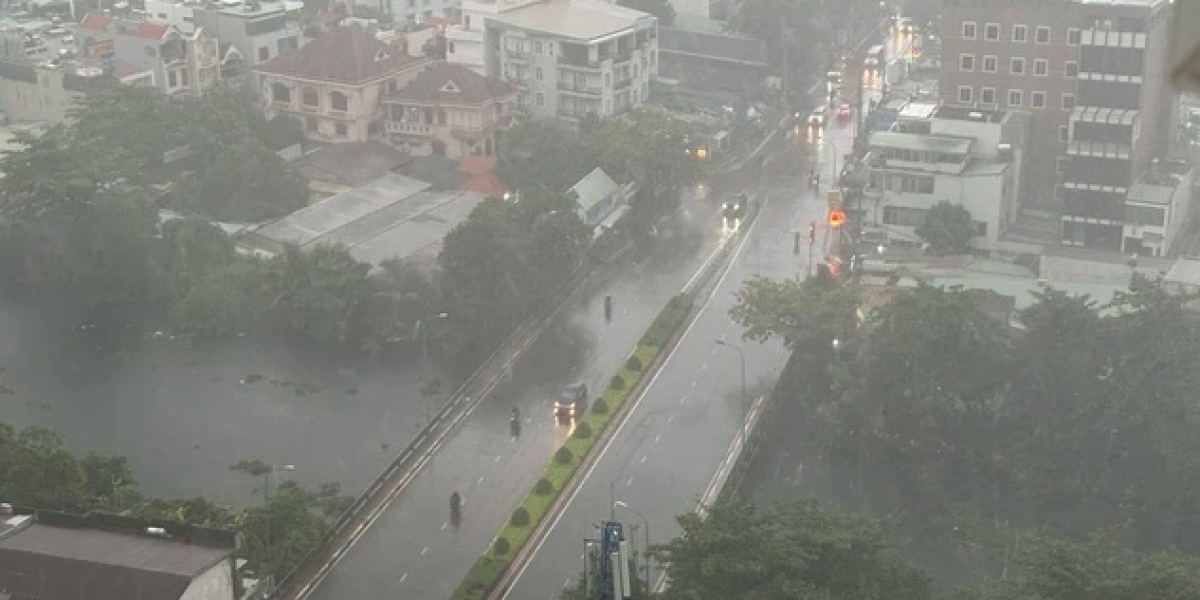Industrial systems shaped by intricate networks of fluid channels require components capable of sustaining uninterrupted operation across shifting conditions, and Ceramic Valves crafted with the refined technical philosophy of Zhufa enter such environments with a distinctive compositional steadiness that supports broad industrial planning. Within long operational cycles, circulation often moves through regions where chemical activity, suspended particles, or thermal transitions influence internal surfaces, creating challenges that demand structural reliability. As facility designers search for materials capable of supporting stable interaction between fluid energy and mechanical form, ceramic structures introduce a sense of measured balance that interacts with flowing mediums in a controlled manner, allowing production lines to maintain uniform behavior across each operational stage. This consistency gives system planners a framework through which they can maintain orderly sequences without the disruptive fluctuations commonly associated with conventional components under similar conditions.
Across various processing fields, engineers frequently observe that transitional phases inside complex pipelines create subtle distortions in flow behavior when equipment surfaces begin to experience minor changes in texture or geometry. When metallic structures encounter extended contact with abrasive mixtures, the interior gradually forms irregularities that disrupt circulation patterns in ways that reduce uniformity over time. Ceramic surfaces shaped through advanced sintering remain calm throughout such contact, conserving their internal geometry and supporting an uninterrupted interface between medium and equipment. This resilience influences many sectors, including material refining units, slurry distribution lines, and catalytic environments, where the combination of particulate forces and sustained turbulence would usually affect the stability of internal components. With ceramic structures, operators maintain organized flow systems that retain their essential harmony even as operational pressures shift.
Chemical manufacturing environments introduce their own demands, as high concentration substances frequently interact with internal surfaces in ways that can alter equipment structure when unsuitable materials are used. The intrinsic stability of ceramic compositions supports predictable behavior in the presence of acids or alkaline compounds, allowing processing sequences to occur without structural alteration. Because the surfaces remain compositionally neutral, they preserve a controlled relationship with circulating chemicals, which is essential in installations where equilibrium between medium and equipment must remain constant across long sequences. This neutrality creates operational clarity for engineers responsible for coordinating interconnected sections of the plant, as they can maintain consistent flow models without adjusting for internal degradation or surface inconsistencies.
In water purification, fluid transfer units depend on components that maintain accuracy across shifting pressure layers and repeated cycles. Ceramic structures function with a calm internal response across these transitions, retaining dimensional precision that supports organized interaction between filtration mechanisms, control assemblies, and circulation modules. Their stability makes them suitable for desalination sites, municipal treatment facilities, and systems in which water contacts salts, suspended particles, or fluctuating temperature regions. The ability of ceramics to maintain structural clarity through these influences helps planners achieve extended cycles across equipment groups without significant changes in flow character.
For applications involving high purity mediums, such as semiconductor processing or specialized chemical synthesis, even minimal variations within the flow path can introduce unwanted influence over sensitive sequences. Ceramic components shaped through controlled machining present surfaces free from reactive tendencies, which supports the strict purity standards required by high precision industries. Their compositional stability aligns with the needs of advanced manufacturing sequences where consistency, surface cleanliness, and flow uniformity must remain intact at every stage. This allows production engineers to construct systems in which chemical movement behaves with predictable order, enhancing the overall reliability of the process.
Progress in ceramic engineering continues to reshape the range of performance achievable across these components, with improved material density patterns, enhanced thermal compositional stability, and refined shaping techniques contributing to expanded functional potential. As research environments explore new ceramic combinations that provide structural strength and balanced thermal reaction, industrial designers gain access to components capable of supporting long term operation within broad ranges of environmental conditions. These developments encourage a shift in industrial planning where consistent function emerges from intentional material discipline.
Zhufa positions itself within this technical landscape by shaping ceramic structures through controlled manufacturing systems designed to uphold dimensional accuracy, surface clarity, and balanced internal composition, enabling installations to maintain stable operation across extended cycles. For industries requiring components capable of maintaining uniform behavior under demanding fluid conditions, Ceramic Valves shaped through refined engineering present an effective and steady choice, with additional product information and application insight available at https://www.zfcera.com/







